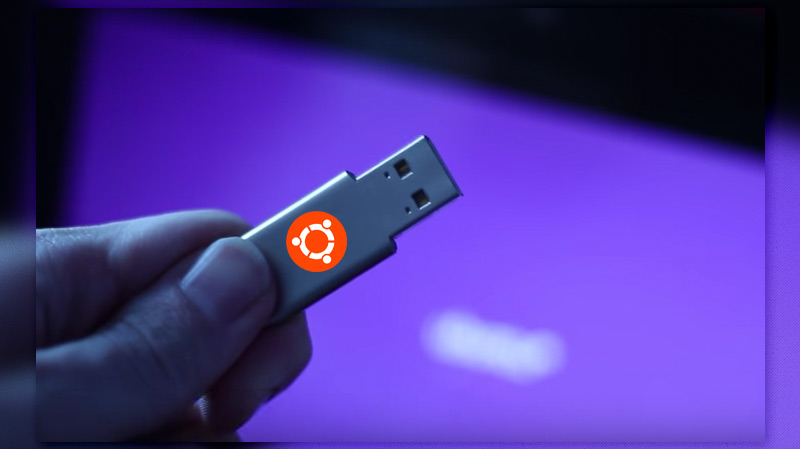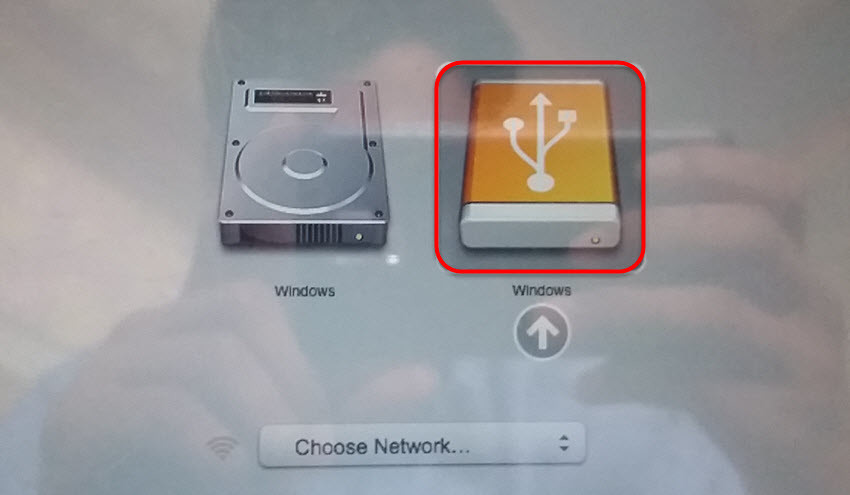

- LINUX LIVE USB FOR MAC MAC OSX
- LINUX LIVE USB FOR MAC MAC OS
- LINUX LIVE USB FOR MAC INSTALL
- LINUX LIVE USB FOR MAC FULL
- LINUX LIVE USB FOR MAC PORTABLE
If you do come across a situation where one of these methods is preferable, feel free to move its entry to a new section with detailed instructions. This section is for noting other approaches that have definite disadvantages, but may actually be useful for some users. Just don't forget to always reboot or shutdown, then unplug your live-USB properly so that data isn't corrupted. If you want the cutting-edge, as long as your USB drive and host computer's RAM have enough space, downloading Wine from Git and Building Wine from source should also work essentially the same. We also package recent development and staging versions of Wine for a few distros you can find out more at our Downloads page.

LINUX LIVE USB FOR MAC INSTALL
If you're ok with the version packaged by the distro itself, you should be able to install Wine through the package manager. Once you have a persistent live-USB ready and working, installing Wine itself shouldn't be too hard at all. This setting will allow your live-USB to record any changes to settings and files when you log off, which is exactly what you need to install Wine and your programs to the drive. Whether you choose a live-USB creator or to follow your distro's specific instructions manually, just be sure to enable persistence when you install the distro to your USB. If that doesn't work, you may just need to follow special instructions for manually creating your live-USB (Ubuntu's live-USB for OS X instructions are a good example)
LINUX LIVE USB FOR MAC PORTABLE
This doesn't mean you can't create a portable installation for running on Macs the tool Mac Linux USB Loader supposedly can, but we haven't tested this software before.
LINUX LIVE USB FOR MAC MAC OS
As a result, even though UNetbootin runs on Mac OS X, it can't create a live-USB image bootable on OS X. Mac computers have a picky boot-loader and will not accept the file structure typically used on live-USBs. Not only can this create your live-USB install from a pre-downloaded ISO, or download the ISO itself, but it makes configuring other settings for your live-USB simple, and can be used entirely from within Windows. You can always just go to your preferred distro's website and download an ISO image, but another option definitely worth considering is the UNetbootin tool. If you don't have one in mind, two well-known Linux distros that historically focused on portability are KNOPPIX and Puppy, but most major distros including Fedora and Ubuntu now offer live-USB versions.Īnother distro you might find interesting is Zorin OS, which tries to make Linux as familiar to Windows users as possible and consequently includes a version of Wine right out of the box. The next ingredient is the ISO image of whatever distro you want to run Wine on. Anywhere from just a few to hundreds of GB for your programs and data, depending entirely on your needs.Another GB if you plan to keep and compile from source on the drive.1 GB or more for Wine itself and any dependencies.At least 3 to 4 GB for the base distro, though some only require a few hundred MB.To be sure you also have enough space, you'll probably want. This usb drive will not be readable on OSX but can be used to boot and install CentOS 7.The main thing you'll need is a properly formatted (FAT32) USB flash drive. OSX will not recognise this partition, click ignore at the “Disk not readable” prompt. Note that the partition type has been changed to “0圎F” a GUID partition. Screenshot of the usb drive after iso has been copied. Press CTRL + T to view progress, which will show blocks processed.

The does a raw copy which is much faster than a block-by-block file copy. Note the additional “r” prepended to the usb partition name rdisk2 instead of disk2. sudo dd if=./Downloads/CentOS-7-x86_6.iso of=/dev/ rdisk2 bs=1m Run the following command to copy iso drive to the usb drive, this command makes the usb drive bootable. Unmount Partition diskutil unmountDisk /dev/disk2 Screenshot of the USB partition /dev/disk2 formatted as eFAT (but shows Windows NTFS) In terminal, run command “diskutil list” to view partitions, the usb drive will be the last one listed. Test usb drive in Parallels virtual machine.In terminal, use dd command to copy CentOS iso to usb.Open terminal and find USB drive partition name with command “ diskutil list“.
LINUX LIVE USB FOR MAC FULL
Download CentOS 7 Full or Minimal iso file.Format a USB drive as exFAT with Disk Utility.
LINUX LIVE USB FOR MAC MAC OSX
Create a bootable USB drive with the CentOS 7 installer ISO file on Mac OSX (Apple MacBook).


 0 kommentar(er)
0 kommentar(er)
